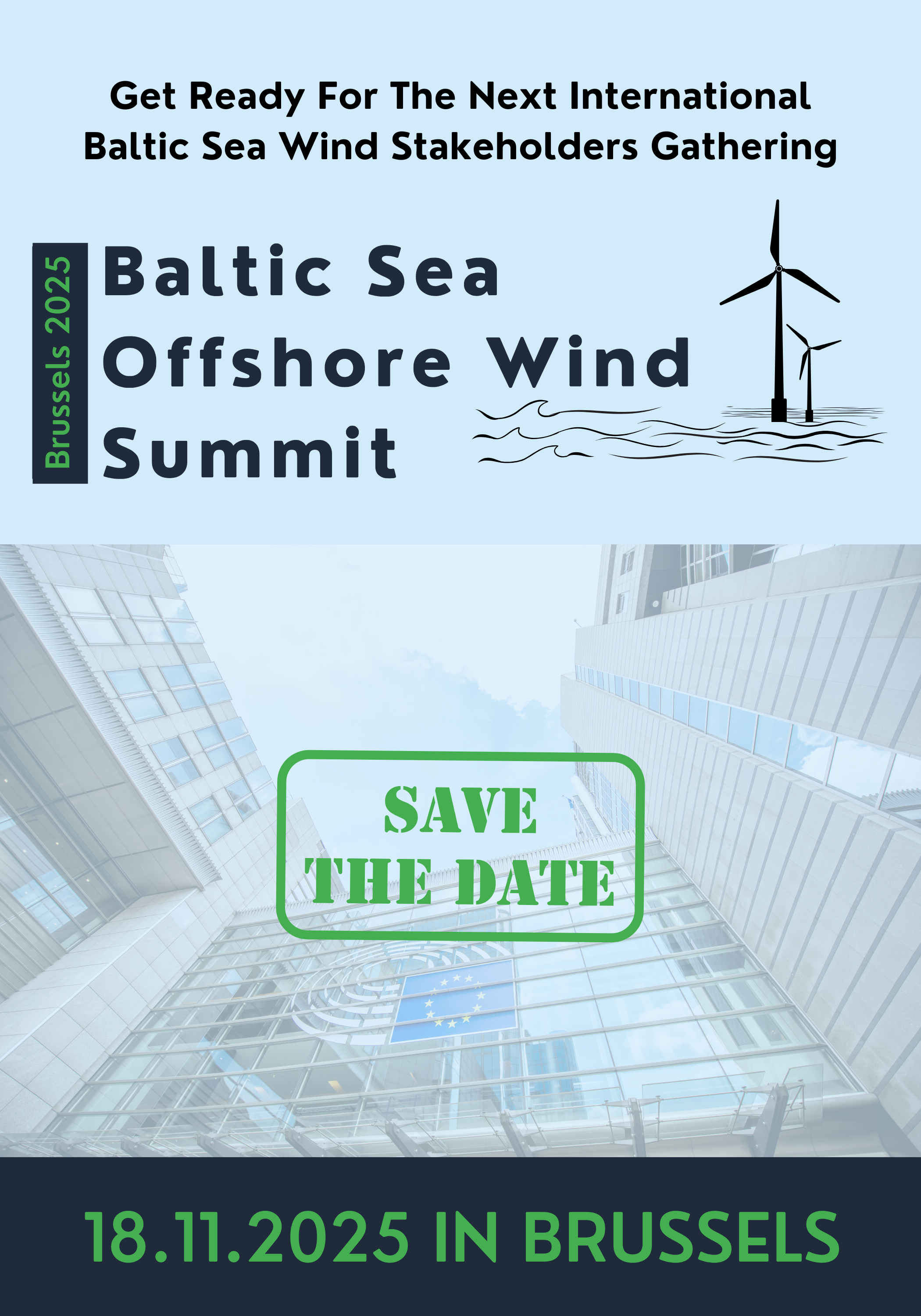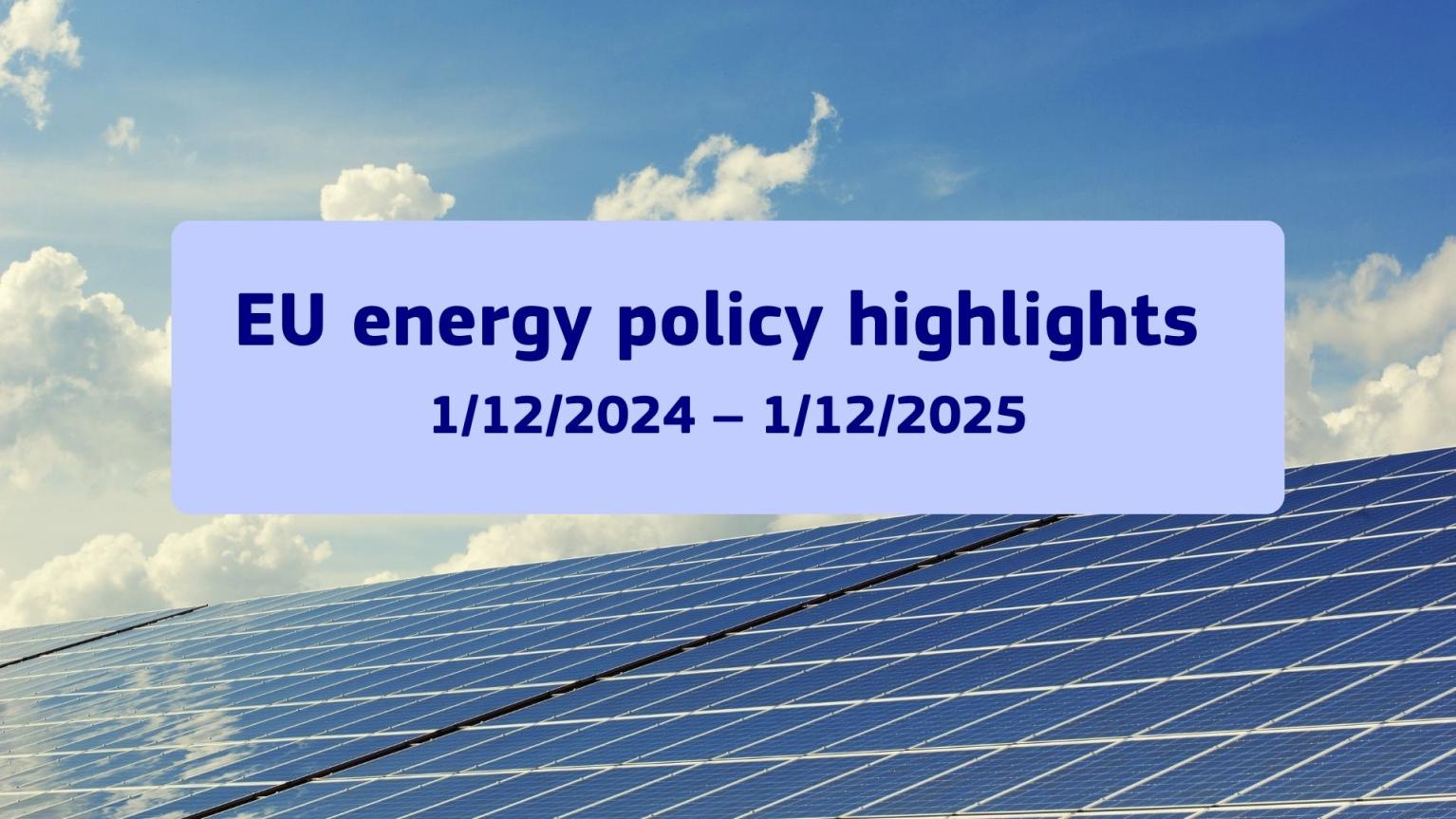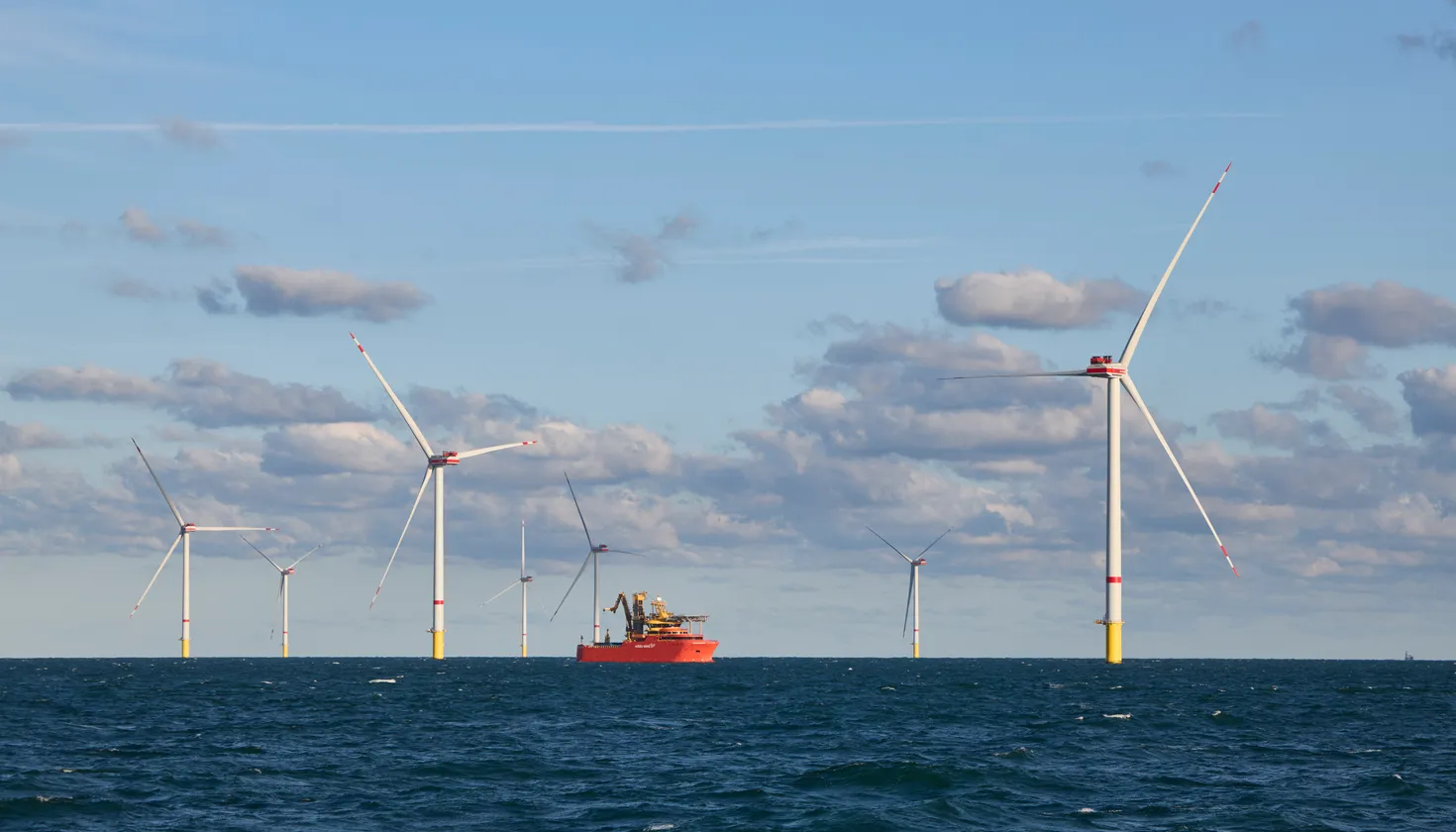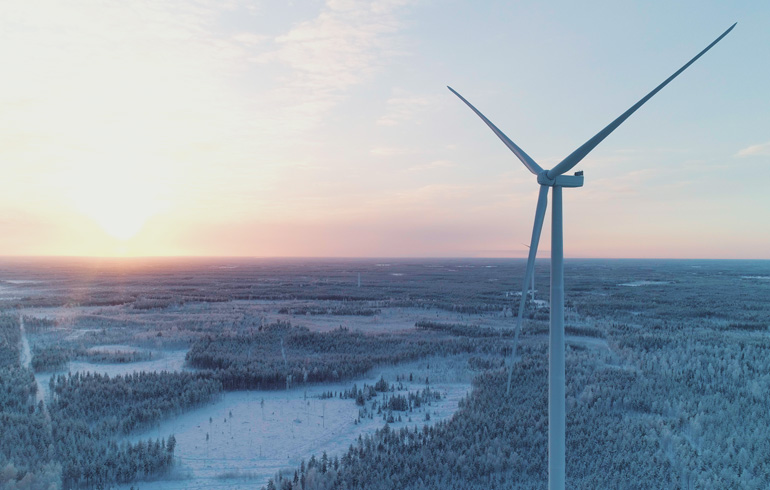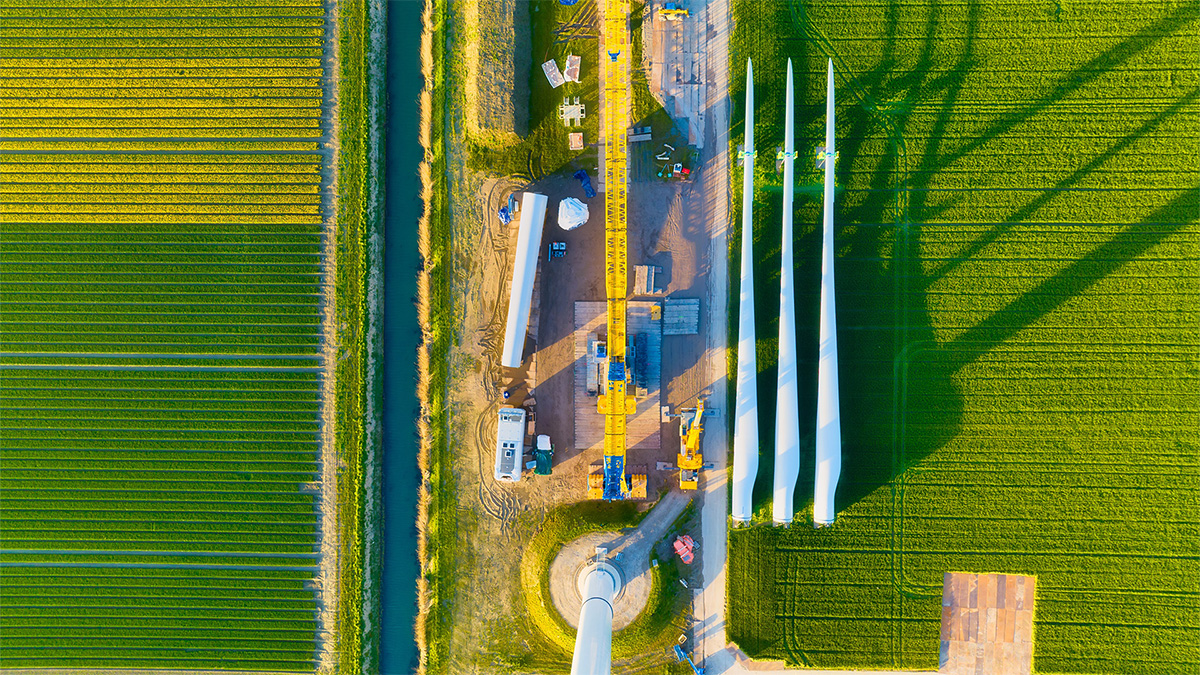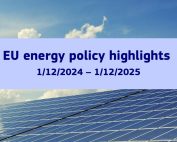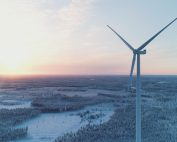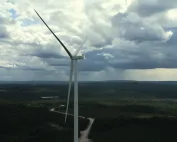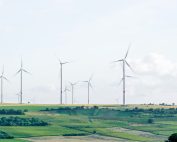Offshore wind energy is a cornerstone of Europe’s energy future. As Germany’s new government considers adjusting long-term targets, I call for clarity, strategic focus, and system efficiency. These issues will be at the heart of the industry conference Zukunft Offshore on 21–22 May in Berlin.
Over the past fifteen years, I have witnessed how offshore wind energy has grown from a pioneering idea into a pillar of Germany’s energy supply. What began in 2010 with the test field Alpha Ventus now reliably delivers clean electricity to households and industry. At the end of 2024, 1,639 turbines with 9.2 gigawatts of capacity were installed in the North and Baltic Seas, generating around 26 terawatt hours – about 6 percent of Germany’s electricity. Offshore wind is stable, near-baseload, climate-neutral – and essential for a secure, affordable and sovereign energy system.
And yet, we are once again at a crossroads. Germany’s new federal government is debating whether to adjust the expansion targets beyond 2035. I say clearly: a rushed rollback would be a step backwards – for our energy system, for our industry, and for our credibility as a country for clean tech investment. Offshore wind is no longer a side project. It is a strategic industrial asset with European relevance. It deserves stability, not uncertainty.
We must think in systems – not just in gigawatts
What troubles me most is the narrow focus of the current debate. Too often, discussions revolve around symbolic figures – gigawatts up or down – rather than systemic value. But what really matters is how efficiently we use the areas at sea: Do they deliver high full load hours? Can they be integrated quickly into the grid? Do they contribute to overall system stability?
Blind capacity expansion without strategic thinking leads to inefficiencies, rising generation costs, and unnecessary space consumption. On the other hand, a short-sighted brake on expansion can have equally harmful effects: It threatens supply chains, slows port and grid development, and drives away expertise and capital.
Yes to adjustment – but only with system intelligence
I’m not calling for rigidity. On the contrary, I support a strategic re-evaluation of long-term targets – but not a reflexive cutback. We need a recalibration, based on three core principles:
- Efficiency must be the guiding principle. Areas with high full load hours must be prioritized.
- Tender volumes for 2026 to 2030 must remain untouched. These years are critical for scaling up industry and infrastructure.
- Expansion planning must be integrated – with future power demand, hydrogen strategies and the timing of grid development.
This debate should not just focus on saving grid costs. It needs to consider what these decisions mean on the generation side. Take overplanting, for example: Developers are already designing projects with excess capacity to compensate for curtailments.
Let’s not underestimate future demand
One objection raised is that the forecasts for electricity demand may not materialize. I believe this is short-sighted. The electrification of German industry, our heating supply and our transport sector is only just beginning. And new demand drivers – especially artificial intelligence – will dramatically increase electricity needs. We must prepare now. Germany’s energy strategy must focus beyond the next few years and build long-term resilience.
Let’s not forget the painful lessons from our dependency on fossil fuel imports. True energy sovereignty can only be achieved by scaling secure, domestic renewables. Offshore wind plays a central role in this.
Practical solutions are on the table
The BWO proposes specific actions:
- Introduce minimum thresholds for full load hours in site auctions. This will ensure that only economically viable areas are developed.
- Adjust targets, if at all, only after 2035 and only in areas with challenging development or weak grid access.
- Enable cross-border projects that use German infrastructure because the energy transition is a European project.
- Establish dynamic monitoring: Instead of fixed expansion numbers, we need a responsive process that reviews demand, system integration and market signals.
Offshore wind needs reliability and leadership
We are at a decisive moment. The new federal government is setting the course for this decade – and the next. If we take climate neutrality, energy security and industrial competitiveness seriously, we must treat offshore wind as the strategic sector it is.
This means ending stop-and-go politics. It means sending a signal of stability to investors, manufacturers and project developers. And it means managing the expansion with foresight instead of slowing it down out of fear.
Let’s be clear: Now is not the time to slow offshore wind down. It is the time to steer it –, efficiently and strategically


